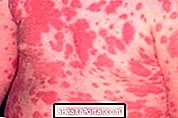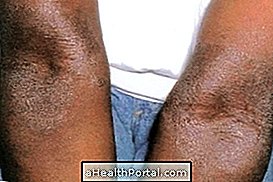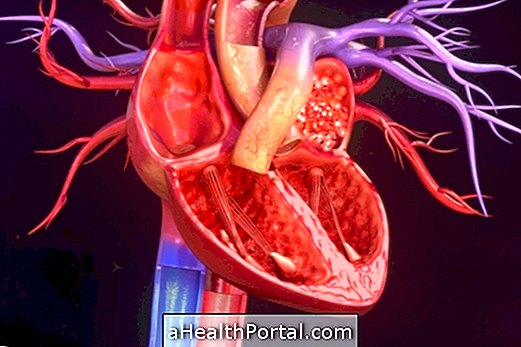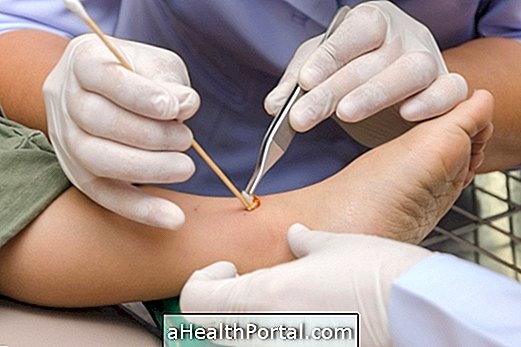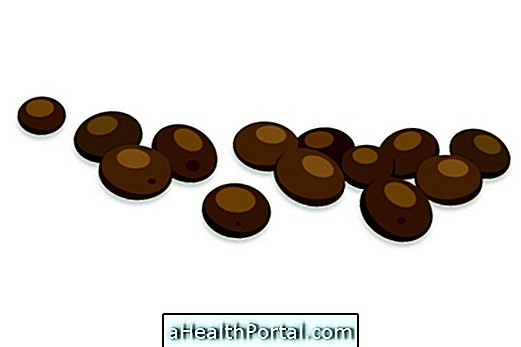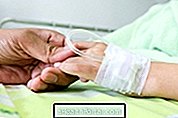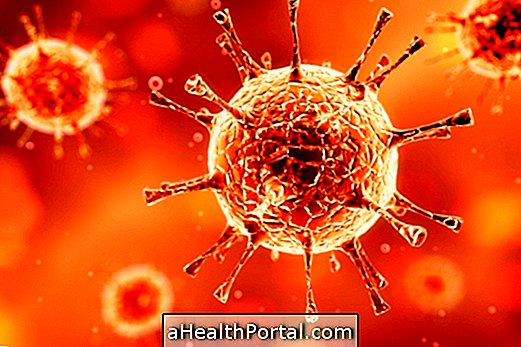Wild fire disease, scientifically called pemphigus, is a rare autoimmune disease in which the immune system produces antibodies that attack and destroy cells in the skin and mucous membranes such as the mouth, nose, throat or genitals, forming blisters or wounds that cause burning sensation, burning and pain, being more common in adults and older people, although it can happen at any age.
The symptoms of wild fire can be confused with those of other skin diseases, such as bullous pemphigoid, lupus erythematosus and Hailey-Hailey disease, for example. Therefore, it is important that the dermatologist or general practitioner is consulted so that the diagnosis of wild fire can be confirmed and, thus, the most appropriate treatment can be started to relieve symptoms and prevent complications.
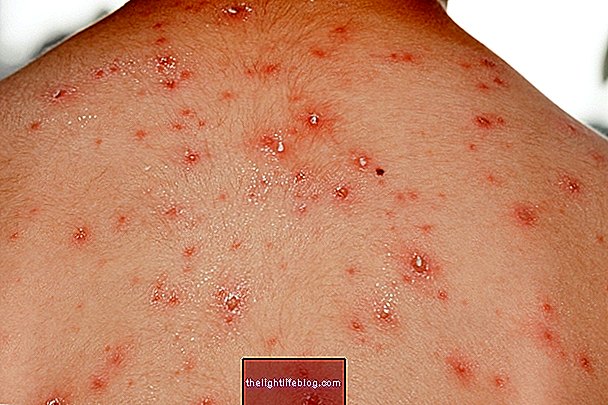
Main symptoms
The main symptom of wild fire is the formation of blisters that can easily rupture and form wounds that cause a burning and burning sensation. According to where the blisters appear, wild fire disease can be classified into two main types:
- Vulgar wild fire or pemphigus vulgaris: begins with blisters forming in the mouth and then on the skin or mucous membranes such as throat, nose or genitals, which are usually painful, but do not itch. When they appear in the mouth or throat they can make it difficult to eat and cause malnutrition;
- Wild foliaceous fire or pemphigus foliaceus: blisters usually form on the scalp, face, neck, chest, back or shoulders, affecting the outermost layer of the skin, and can spread throughout the body causing burning and pain. This type of wild fire does not cause mucous blisters.
If blisters appear on the skin or mucosa that do not heal, it is important that the dermatologist or general practitioner is consulted, as it is possible that an evaluation of the symptoms is made and blood tests and biopsies are indicated. skin and mucosa to confirm the diagnosis of wild fire disease. When the person has discomfort in the throat, the doctor may also recommend performing an endoscopy to confirm the common wildfire.
Possible causes
Wild fire is an autoimmune disease in which the immune system reacts against cells in the skin or mucosa, attacking and destroying these cells as if they are foreign to the body, which leads to the appearance of blisters and wounds.
Another cause of wildfire, although it is more rare, is the use of medications as inhibitors of the angiotensin-converting enzyme or penicillins, which may favor the production of autoantibodies that attack skin cells, leading to the development of wild foliate fire.

How the treatment is done
The treatment of wild fire is done to control symptoms, reduce the formation of blisters and wounds, and avoid complications such as malnutrition or generalized infections. The medications that the dermatologist can recommend for treatment are:
- Corticosteroids such as prednisone or prednisolone that reduce inflammation and decrease the action of the immune system, being used in the initial treatment and in mild cases;
- Immunosuppressants such as azathioprine, mycophenolate, methotrexate or cyclophosphamide, as they help prevent the immune system from attacking skin or mucous cells, and being used in cases where corticosteroids do not improve symptoms or in moderate to severe cases;
- Monoclonal antibody such as rituximab, which acts by controlling immunity and decreasing the effects of the immune system on the body, being used together with corticosteroids or immunosuppressants for the initial treatment in moderate or severe cases.
In addition, the doctor may recommend other remedies such as pain relievers, antibiotics to fight infections or anesthetic lozenges for the mouth.
If the use of any medication was the cause of the blisters, stopping the use of the medication may be enough to treat wild fire.
In cases of malnutrition caused by poor nutrition due to blisters and sores in the mouth or throat, hospitalization and treatment with serum and parenteral nutrition, which is given directly in the vein, may be necessary, until the person is recovered.
Care during treatment
Some precautions are important during treatment to help you recover faster or to prevent the recurrence of symptoms:
- Take care of wounds as directed by the doctor or nurse;
- Use mild soap to wash the body gently;
- Avoid exposure to the sun, as ultraviolet radiation can cause new blisters to appear on the skin;
- Avoid spicy or acidic foods that can irritate the bubbles in your mouth;
- Avoid physical activities that can hurt your skin, such as contact sports.
In the event that wild fire causes blisters in the mouth that prevent the person from brushing teeth or flossing, special treatment may be necessary to prevent gum disease or cavities. Therefore, it is important to consult a dentist to be guided on how to perform oral hygiene, according to the severity of each case.
Was this information helpful?
Yes No
Your opinion is important! Write here how we can improve our text:
Any questions? Click here to be answered.
Email in which you want to receive a reply:
Check the confirmation email we sent you.
Your name:
Reason for visit:
--- Choose your reason --- DiseaseLive betterHelp another personGain knowledge
Are you a health professional?
NoMedicalPharmaceuticalsNurseNutritionistBiomedicalPhysiotherapistBeauticianOther
Bibliography
- KRIDIN, Khalaf. Pemphigus group: overview, epidemiology, mortality, and comorbidities. Immunol Res. 66. 2; 255-270, 2018
- SCHMIDT, Enno; KASPERKIEWICZ, Michael; JOLY, Pascal. Pemphigus. Lancet. 394. 10201; 882-894, 2019
- KASPERLIEWICZ, Michael; et al. Pemphigus. Nat Rev Dis Primers. 11. 3; 17026, 2017

